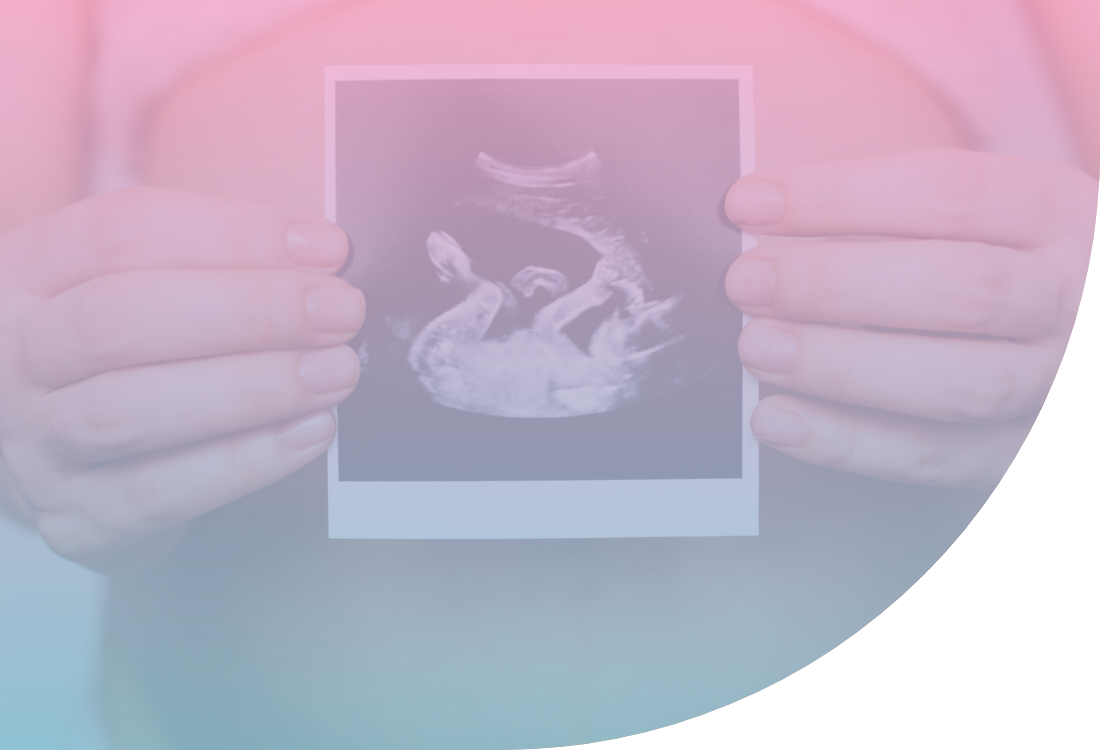At Embryowish, we offer modern fertility treatments in Athens, tailored to every couple’s or woman’s needs. Specializing in infertility treatments and advanced IVF treatments in Greece, our team is here to guide you with expertise and care. Discover all available options and choose the fertility treatment that suits you best.
Egg Cryopreservation
Egg cryopreservation is a technique that allows women to freeze and store their eggs, giving them the option to choose when to start a family.
Egg Cryopreservation, age limit
According to international guidelines, egg freezing is recommended up to the age of 38, although older women can also consider it.
The prime reproductive period for women is typically between 18 and 30 years of age. As women age, their fertility gradually declines, with this decline becoming more rapid after the age of 35. By the age of 45, fertility decreases significantly, making natural conception highly improbable. However, advancements in medical technology, such as egg freezing and cryopreservation, offer women the possibility of becoming pregnant at older ages.
Reasons to consider Egg Cryopreservation
There are various reasons why women choose to cryopreserve their eggs, whether for health or social reasons.
Egg freezing is an option for women who are about to undergo chemotherapy or radiotherapy before pregnancy, are at risk of premature ovarian failure, have severe endometriosis, ovarian cysts, or simply want to delay motherhood.
Additionally, egg cryopreservation allows women who have not made a decision about when to have a child or who have not yet found a partner to become mothers at a later time.
Egg Cryopreservation success rates
Success rates for egg freezing depend on:
- The quantity of the eggs
- The quality of the eggs
- The woman’s age
It’s crucial to understand that eggs frozen using the cryopreservation process maintain their quality characteristics. For example, if a 32-year-old woman freezes her eggs and decides to use them at age 40, the quality of the eggs will be the same as they were at age 32, not 40. This can significantly increase the success rates of IVF.
Around 90-95% of frozen eggs will survive the thawing process. Success rates are closely linked to the age at which the eggs were frozen: the younger the woman, the higher the likelihood of a successful pregnancy through IVF.
Egg cryopreservation process
Egg cryopreservation is highly effective because of the vitrification method. This method is safe, has impressive thawing efficiency, and has very high pregnancy rates. Vitrification is a “flash freezing” technique that rapidly cools cells to a temperature of -196º Celsius (about -320º Fahrenheit), turning them “glass-like” or “vitrified,” which minimises the formation of damaging ice crystals. This is especially important for egg freezing. The vitrified eggs are then stored in containers of liquid nitrogen until they are used in a future cycle.
In order to cryopreserve eggs, the woman undergoes the same process of ovarian stimulation using hormonal preparations as in an IVF attempt. Different protocols are used depending on ovarian function and the urgency of the egg cryopreservation process.
Initially, in this procedure, injectable hormone therapy is administered for 10 to 14 days until the eggs are at the appropriate stage. When the eggs are ready, they are collected by a needle through the vagina under ultrasound guidance. The procedure is usually done under mild anaesthesia. Eggs are immediately frozen, in most centers by the vitrification method. The only difference is that the eggs are not fertilised by the sperm.
When the woman is ready to become pregnant, her eggs will be thawed, and the remaining steps of IVF will follow. The eggs will be fertilized, and a certain number of embryos will be transferred to the uterus.
